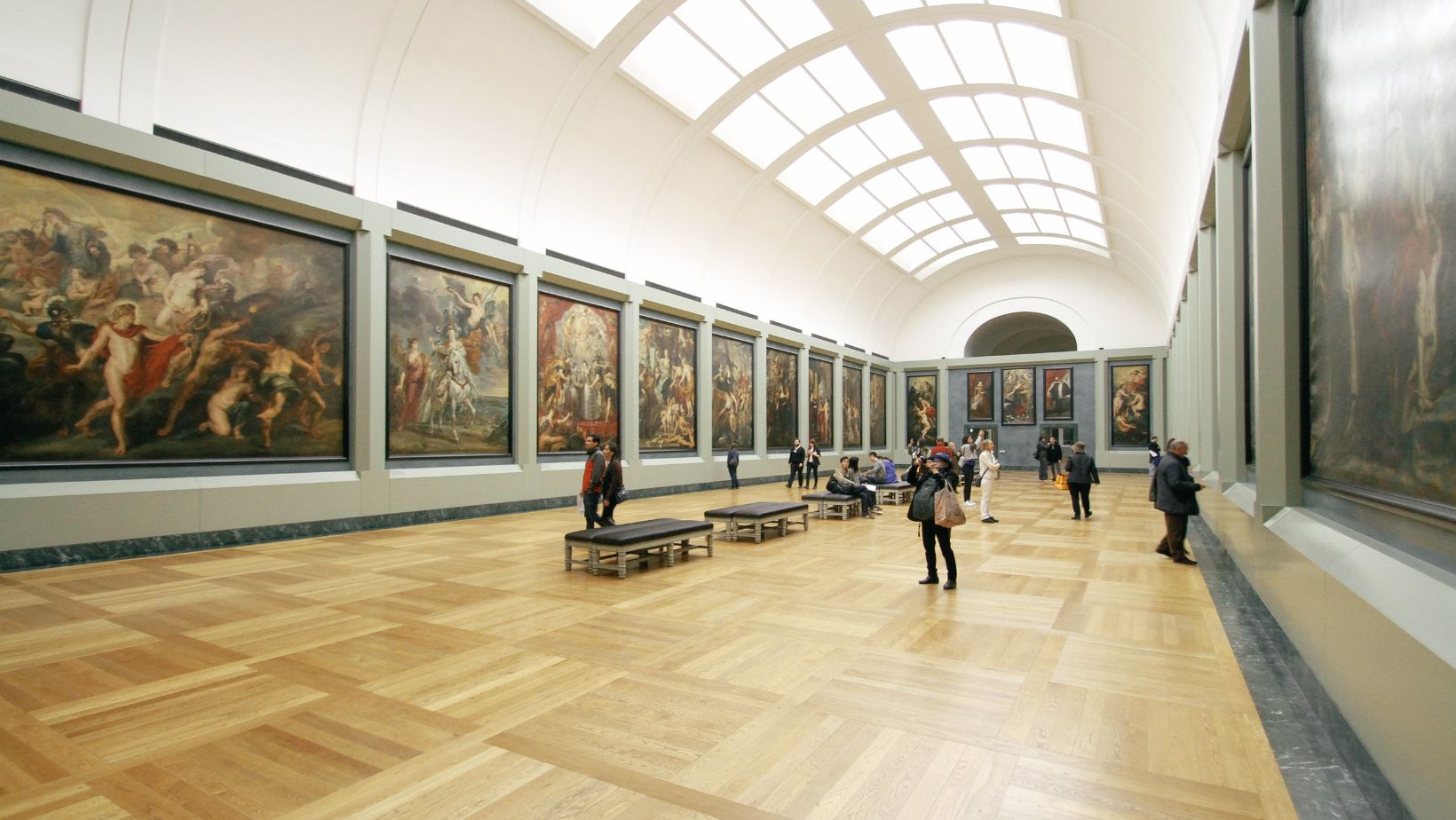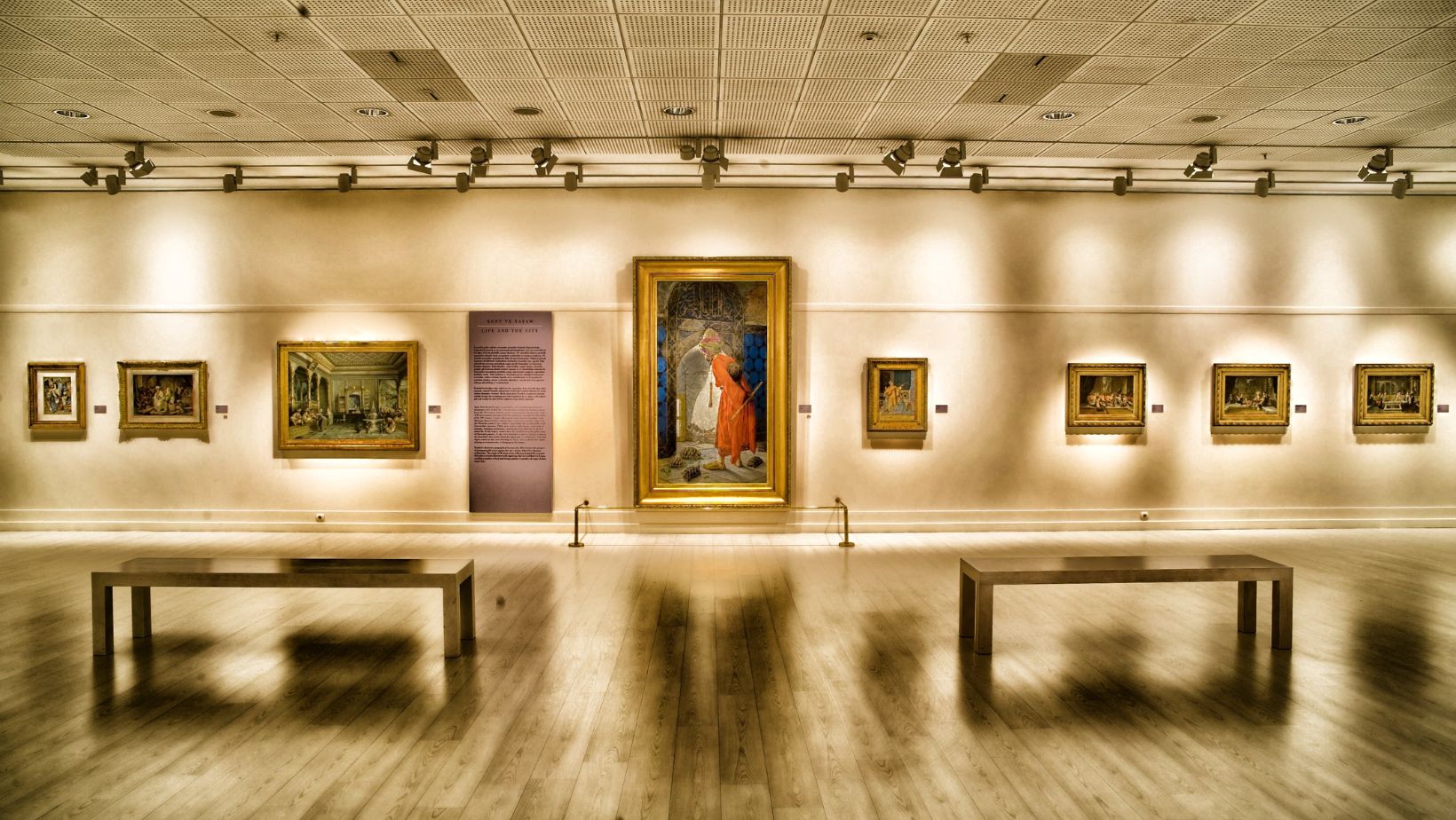High Renaissance Art: Masters, Masterpieces & Legacy

The High Renaissance, a period of significant artistic production and innovation in Western Europe, predominantly occurred during the late 15th and early 16th centuries. This era is often regarded as the peak of the Renaissance, a time when art, architecture, and literature flourished under the influence of a renewed interest in the classical arts and humanist philosophy.
The Dawn of the High Renaissance
The High Renaissance arts began in the late 15th century, emerging from the early Renaissance period, which had revived interest in classical antiquities and humanist principles. This era was characterized by a heightened focus on harmony, balance, and a fusion of art with scientific principles.
Centers of the High Renaissance
While the Renaissance arts began in Florence, the High Renaissance saw Rome emerge as a significant center of artistic activity. Patrons such as Pope Julius II and the Medici family played a crucial role in supporting artists and commissioning works that would become timeless masterpieces.
Key Artists and Their Contributions
Leonardo da Vinci (1452-1519)
Leonardo da Vinci, often considered the epitome of the Renaissance man, contributed significantly to the era with his innovative techniques and profound works. His masterpieces include:
The Last Supper (1495-1498): A mural in the Convent of Santa Maria delle Grazie in Milan depicts the moment Jesus announced that one of his disciples would betray him.
Mona Lisa (1503-1506): Housed in the Louvre Museum in Paris, this portrait is renowned for its enigmatic expression and the groundbreaking use of the sfumato technique.
Michelangelo Buonarroti (1475-1564)
Michelangelo, known for his mastery of sculpture, painting, and architecture, was a central figure of the High Renaissance. Notable works include:
David (1501-1504): A marble statue representing the Biblical hero David, showcased in the Galleria dell’Accademia in Florence.

Sistine Chapel Ceiling (1508-1512): Located in Vatican City, this monumental fresco includes the famous scene of the Creation of Adam.
Raphael Sanzio (1483-1520)
Raphael was renowned for his clarity of form and ease of composition. His significant works include:
The School of Athens (1509-1511): A fresco in the Apostolic Palace in the Vatican depicting various classical philosophers in an idealized architectural setting.
Sistine Madonna (1512): Now housed in the Gemäldegalerie Alte Meister in Dresden, this painting is famous for its portrayal of Madonna and child with saints.
Artistic Innovations
The High Renaissance was marked by several key innovations:
Perspective: Artists mastered linear perspective, creating a sense of depth and realism.
Chiaroscuro: The use of strong contrasts between light and dark to achieve a sense of volume in modeling three-dimensional objects and figures.
Sfumato: A technique particularly used by Leonardo, involving the subtle blending of colors and tones, creating a smoky effect.
Architectural Marvels
Apart from paintings and sculptures, the High Renaissance was also a period of architectural innovations. Architects like Bramante and Michelangelo contributed to the design of St. Peter’s Basilica in Rome, combining classical and contemporary styles.
Legacy and Decline
The High Renaissance gradually gave way to Mannerism by the late 1520s. However, its influence continued to be felt in the art world.

The works of Leonardo, Michelangelo, and Raphael, among others, set a standard for artistic excellence and continue to inspire and influence art to this day.
Conclusion
The High Renaissance was a period of extraordinary artistic achievement. It was a time when art was not merely about representation but also about innovation, expression, and exploring the depths of human emotion and intellect. The era’s legacy lives on through the masterpieces that continue to awe and inspire audiences around the world.
What's Your Reaction?
Deepak is a lover of nature and all things sporty. He loves to spend time outdoors, surrounded by the beauty of the natural world. Whether he's hiking, biking, or camping, Deepak enjoys being active and in touch with nature. He also loves to compete and push himself to his limits. Deepak is an avid cyclist, runner, and swimmer. He has competed in several triathlons and marathons, and is always looking for new challenges to take on.



